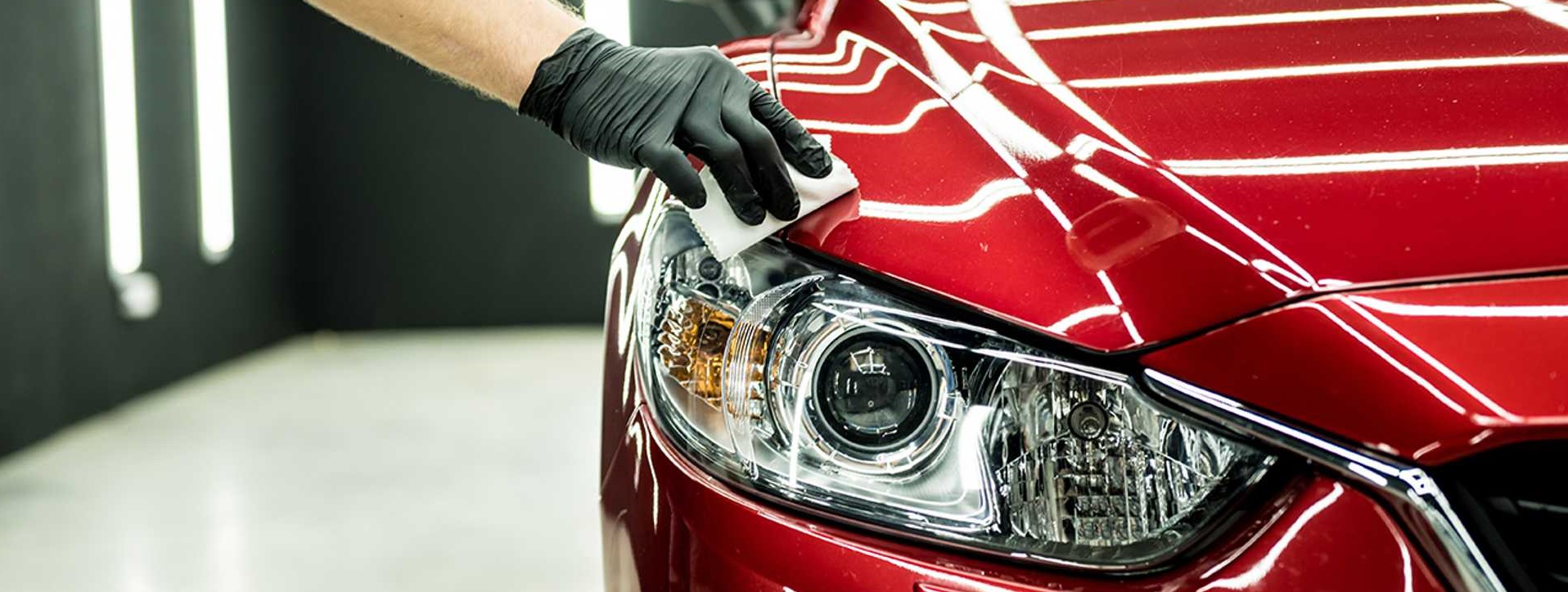Experience a Spotless and Glossier Auto with Best-Rated Ceramic Coating Denver
Experience a Spotless and Glossier Auto with Best-Rated Ceramic Coating Denver
Blog Article
A Comprehensive Guide to the Kinds Of Ceramic Finishing on the marketplace
Ceramic coverings have become a crucial option across numerous industries because of their one-of-a-kind residential or commercial properties and applications. From silica-based formulations known for their robustness to hybrid choices that combine numerous advantages, the options offered can be overwhelming. Understanding the nuances of each kind, including their specific benefits and excellent usage situations, is necessary for making informed decisions. As we discover the unique qualities and applications of these finishings, the ramifications for efficiency and durability become significantly noticeable, elevating concerns regarding which type could finest fit your needs.
Comprehending Ceramic Coatings
Ceramic layers are advanced safety remedies that have actually obtained appeal in different markets, especially in aerospace and automotive applications. These layers contain a fluid polymer that, when healed, creates a sturdy, hydrophobic layer on the surface area of the substratum. This layer provides enhanced resistance to ecological pollutants, UV radiation, and chemical exposure, thus expanding the life and aesthetic appeal of the underlying product.
The essential element of ceramic layers is silica, which adds to their solidity and longevity. The application procedure typically entails surface area prep work, application of the finishing, and treating, which can be accomplished with heat or UV light. Once healed, ceramic coatings show phenomenal bonding buildings, allowing them to adhere strongly to a variety of surface areas, including steels, plastics, and glass.
Along with their protective features, ceramic layers likewise supply simplicity of upkeep. Their hydrophobic nature minimizes the adherence of dirt and crud, making cleaning easier and less frequent. Generally, the adoption of ceramic layers stands for a considerable development in surface area protection technology, providing both useful and aesthetic advantages across several fields.
Kinds Of Ceramic Coatings
Numerous sorts of ceramic finishes are offered, each developed to meet specific efficiency requirements and applications. One of the most typical types consist of:
Silica-based Coatings, these finishings largely contain silicon dioxide and are known for their toughness and chemical resistance. They are widely made use of in automobile and industrial applications.
Titanium Dioxide Coatings: Prominent for their photocatalytic homes, titanium dioxide coatings are commonly used in environments where self-cleaning and antifungal residential properties are preferable, such as in building products and auto surfaces.
Zirconia Coatings are characterized by their high-temperature security and thermal resistance, zirconia layers are made use of in applications such as turbine engines and high-performance automobile parts.
Alumina Coatings, Showing excellent solidity and thermal security, alumina layers are frequently used in wear-resistant applications, consisting of cutting tools and industrial equipment.
Crossbreed Coatings:Integrating the properties of different products, hybrid finishings use boosted efficiency features, making them ideal for special and requiring applications.
Each kind of ceramic coating serves unique objectives, permitting individuals to pick one of the most appropriate remedy based upon certain ecological problems and performance requirements.
Benefits of Ceramic Coatings

In addition to longevity, ceramic layers give superb hydrophobic residential or commercial properties, allowing for very easy cleansing and upkeep. This water-repellent nature decreases the adherence of dust, grime, and other contaminants, which can lengthen the aesthetic appeal and performance of the surface area. Additionally, ceramic coverings can considerably improve thermal resistance, making them perfect for applications that sustain heats.
Another remarkable benefit is their capacity to enhance surface solidity. This boosted firmness can result in lowered wear and tear, inevitably prolonging the life expectancy of the coated material. Ceramic coverings can contribute to power efficiency by showing heat, which is especially advantageous in industrial and vehicle settings. In general, the various advantages of ceramic layers make them an important financial investment for numerous applications, guaranteeing optimum performance and protection.
Application Process
When applying ceramic finishes, a careful approach is essential to accomplish optimal outcomes. The application procedure commonly starts with detailed surface area preparation. This entails washing, decontaminating, and polishing the surface area to eliminate all pollutants, consisting of dust, oil, and prior waxes or sealers. A clean surface guarantees proper attachment of the layer.
As soon as the additional resources surface area is prepped, the next action is to apply the ceramic finish. The layer must be applied in thin layers, as thicker applications can lead to irregular surfaces.
After application, the layer requires a details treating time, typically varying from a few hours to a complete day, depending on the item. Throughout this moment, it is important to stay clear of direct exposure to wetness or impurities. Lastly, a gentle buffing might be necessary after treating to boost the gloss and remove any kind of high spots. Following these steps faithfully will make best use of the efficiency and long life of the ceramic covering, supplying a resilient safety layer for the surface.
Maintenance and Longevity
To ensure the durability and performance of a ceramic finishing, routine upkeep is vital. Ceramic finishes, recognized for their longevity and protective top qualities, call for particular treatment regimens to optimize their life expectancy and efficiency. The primary step in maintenance involves routine washing with pH-neutral soap, avoiding rough chemicals that can break down the layer. It is advisable to clean the vehicle on a regular basis, ideally every two weeks, to avoid the accumulation of contaminants that can endanger the finishing's stability.
In enhancement to normal cleaning, routine examinations are vital. Search for indications of wear or damages, such as hydrophobic residential properties decreasing or surface area flaws. A light polish may be used to invigorate the coating without removing it away. if essential - Ceramic Coating Denver.
In addition, the application of a booster spray can enhance the finish's hydrophobic impacts and restore its gloss. This is especially useful for layers that have actually remained in usage for an extended duration. Inevitably, by adhering to these maintenance methods, one can dramatically extend the life of a ceramic coating, making certain that it remains to supply optimum defense versus environmental factors and keep the visual charm of the automobile.

Final Thought
In verdict, ceramic coverings represent a functional solution for an array of applications, offering a variety of kinds such as silica, titanium dioxide, zirconia, pop over here and alumina. Generally, ceramic layers contribute significantly to enhancing the sturdiness and functionality of different surface areas across numerous sectors.
Ceramic finishings have arised as a crucial solution throughout numerous industries due to their distinct properties and applications.Ceramic finishings are innovative protective remedies that have actually gotten appeal in various markets, specifically in vehicle and aerospace applications. Ceramic finishes can substantially improve thermal resistance, making them perfect for applications that endure high temperatures.
Generally, the many advantages of ceramic coatings make them an important investment for numerous applications, making certain ideal performance and security.
In conclusion, ceramic finishes represent a functional service for a range of applications, providing a variety of types such as silica, titanium alumina, zirconia, and dioxide.
Report this page